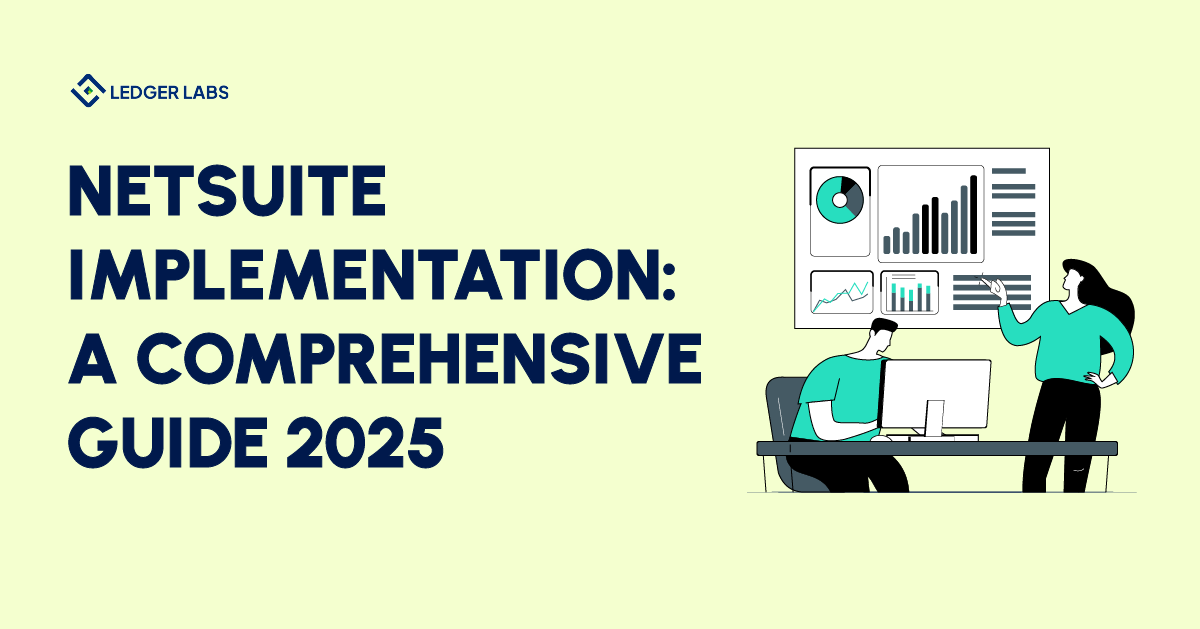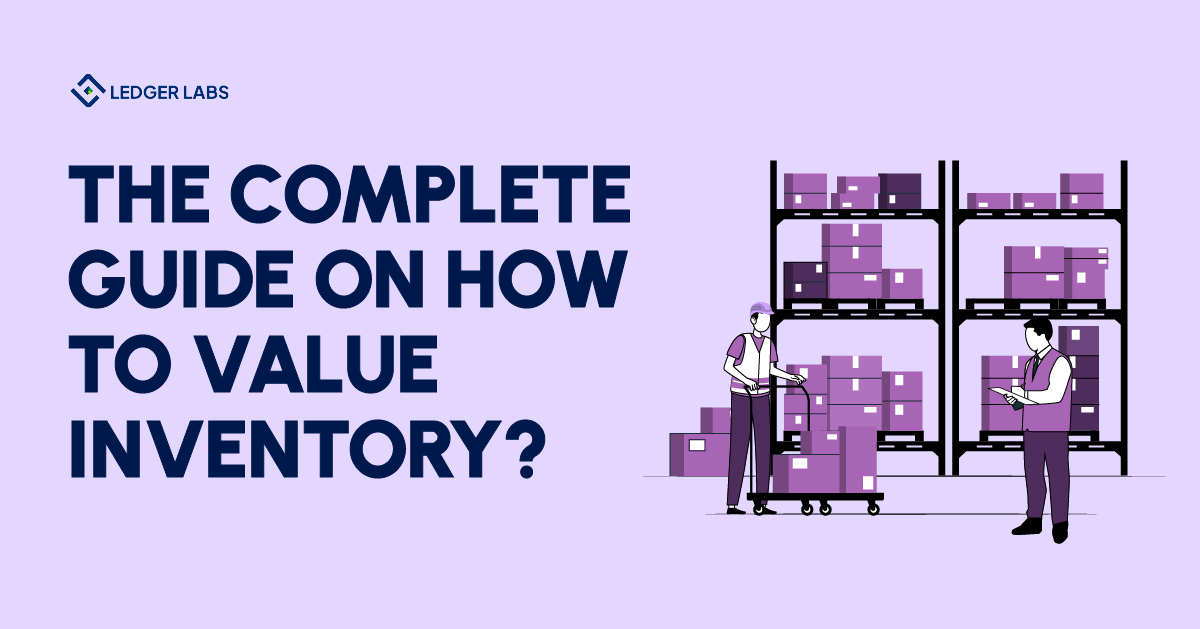NetSuite is a popular ERP solution that helps you automate and streamline different business processes.
While it is an excellent investment, businesses often fail to integrate it successfully. And most of the time it is due to a poor strategy.
Because the advantages of integrating NetSuite are so diverse, it’s almost necessary to understand and implement it properly.
Let’s explore the steps to make NetSuite implementation successful.
- NetSuite implementation guide can improve your business workflow, helping you make quicker but more informed decisions.
- The preparatory stage is crucial for a successful implementation of an ERP solution.
- Write down goals and objectives for NetSuite implementation. This way, you can gauge if the project was successful or not. It will also help you in customizing.
- Data migration should be handled carefully; so make sure it is done safely and that there are no inconsistencies in the exported data.
What is NetSuite?
An ERP is your big database that keeps track of all your business processes.
So it knows what’s happening in the recruitment department, how much sales the business is making, and your plans for marketing.
Now, all of this data is visible to everyone in the company. You can say that it unites different platforms and consolidates them together.
This ERP solution stores data in three different forms.
- Entities: This is all the information regarding your vendors, customers, employees, investors, etc.
- Items: These are the goods you’re selling or the raw materials you’re buying.
- Transactions: This includes your invoices, bills, assets, etc.
It is important to understand how this data can be utilized. Right now there are three ways you can add data to NetSuite.
The first method involves integrating NetSuite into your e-commerce platforms, like Amazon and Shopify.
The second method is manual data entry. Here, you will ask your employees to fill out the NetSuite forms.
The third method involves using CSV.
So, the question may arise: what do you do with this data?
Once the data is collected, your employees can use it to do their job.
For example, the product manager can use it to analyze the profitability of a new product you’re about to launch or the finance department can look into the invoices and study the daily cash flow.
That could mean migrating data more efficiently, training your staff to use new software, or simply, coordinating multiple business units.
Netsuite Implementation – When Is The Right Time?
Even though we have talked about the procedure of Netsuite implementation previously, we still need to mention a few more specifics.
NetSuite can take months to implement.
Also, because implementing NetSuite is expensive, you must figure out the right time to implement it.
While top accounting software like QuickBooks Online and Xero can easily handle your accounts when you’re a small to medium-sized business, you’d need a more streamlined approach when your business expands.
This is when your accounting will become more and more complicated, highlighting the need for an expansive system.
This will be your sign to implement NetSuite.
Preparatory Tips for NetSuite Implementation
You must jot down a well-thought-out plan to successfully implement NetSuite into your business.
Preparation is necessary because 60% of the time the project fails or doesn’t meet performance expectations.
When you spend adequate time preparing, you reduce risks and possible disruptions.
Also, you ensure the integration aligns with your goals.
Preparation is essential in setting up a solid foundation.
I’d very much recommend partnering with Netsuite implementation professionals to help you get started.
1. Establish Goals
Make sure you know what you’re expecting to achieve from NetSuite.
64.5% of businesses use a cloud-based system whereas 35.5% go for an on-premise solution.

A Cloud-based ERP system requires you to draw out the proper goals, forming a strong foundation for the entire implementation process.
2. Evaluate Existing Systems
So, how do you define your goals?
You will review your systems and processes and identify areas where you struggle the most.
What major inefficiencies do you deal with on a regular basis?
For example, 30% of organizations use an ERP solution to support their financial needs.
You should conduct an in-depth analysis to gauge how well your workflow is outlined and get proper insights.
This way, you can design NetSuite that meets your shortcomings.
3. Build The Right Team
The NetSuite system can collapse without a proper team working on it. Therefore, add on stakeholders from every department in your company.
This includes the IT department, recruitment team, and finance representatives.
They can narrow down all the problems, specifying every area that requires attention. A collective effort is necessary for a successful implementation of NetSuite.
4. Allocate Resources
This is a crucial step in the preparatory period. You have to delegate responsibilities to the right resource and distribute the budget.
For example, if you’re planning on the budget for the ERP implementation, make sure you have your finance representative to help you.
9 Steps for Successful NetSuite Implementation
47% of businesses greatly enhanced their processes by implementing an ERP solution.

So you can imagine how your business can benefit from it.
Now because there are several key steps for a successful implementation, you must pay attention to every minute detail.
Step 1: Initiate Project
Step 2: Gather Necessary Requirements
Step 3: Design
Step 4: Customize Business Processes
Step 5: Migrate Data
Step 6: Run A Quality Assurance Test
Step 7: Train Your Employees
Step 8: Time to Go Live
Step 9: Post-Implementation Support
Step 1: Initiate Project
The process begins with you outlining all the objectives and delegating responsibilities to every faculty involved in the implementation process.
By carefully defining your goals, you give clarity to not just yourself but to everyone participating – helping them understand the stakes and results
Step 2: Gather Necessary Requirements
Every business is different and has a unique set of requirements.
What exactly are you trying to achieve from an ERP installation?
Carefully analyze the situation and find out the customization you need to resolve continuous problems.
It would be best to your employees directly as they are the ones who’re linked to every process.
Step 3: Design
Once you have gathered all the information in one place, you can start designing the program.
Use the workflow diagrams you created during the preparatory phase and analyze the architecture and design elements. Make sure they are exactly what you anticipated.
Step 4: Customize Business Processes
While 44.8% of businesses go ahead without any customization, there’s a significant ratio of 20.8% of companies that heavily customize their systems.
The idea is not to do what others are doing.
Instead, stick to what you set out for. Make sure you are meeting your business goals.
See if the ERP solution meets your specific business needs.
Step 5: Migrate Data
This is the step that will answer an important question.
What do you do with the existing data?
The past data is essential and ensures backup history so you cannot even think about discarding it and think of NetSuite as a new leaf.
Therefore find a way to migrate existing data into the NetSuite system.
And make sure you maintain data accuracy and take all security measures.
Step 6: Run A Quality Assurance Test
38% of businesses struggle with this part: testing their newly developed ERP system.
Usually, the QA department conducts thorough testing to resolve inconsistencies.
The two aspects they’re actively testing are user acceptance and quality assurance.
The purpose of this step is to ensure that everything is done smoothly and that this system achieves its goals.
Step 7: Train Your Employees
The ERP solution is not really a solution if you don’t have trained staff that knows how it works.
So, this step is dedicated to their training and development.
You will prepare them and teach them how to use NetSuite properly.
The idea is to make everyone feel comfortable and help them navigate the migration to a new ERP system.
Step 8: Time to Go Live
After the planning, designing, testing and training comes the time to launch it.
This is a company-wide event where you announce the successful completion of this project and ensure a seamless transition ahead.
Step 9: Post-Implementation Support
And the final step!
You will get all the information and support you need to ensure the system works as you initially intended.
When it goes live, you might face some difficulty.
But there’s no need to worry as these challenges will be addressed by the right team and management.
4 Common Problems Faced During NetSuite Implementation
While ERP implementations are usually successful, 8.7% of companies have suggested otherwise.
This is why ERP installation is considered a huge investment.
There could be various reasons suggesting why your system failed its implementation.
It could be due to a poor strategy or ill-equipped resources.
Here are the top problems that you may face during ERP implementation.
1. Lack of Training
The implementation of every new system in an organization requires time and training to be properly understood.
Employees are often intimidated by new technology and prefer sticking to the old ways of working.
This causes hindrance in their ability to adapt.
2. Unnecessary Customization
While it is important to customize the system to meet your needs, don’t go too overboard that it becomes difficult to understand for everybody.
The basic purpose of customization is to target specific business needs, and that’s all you should be focusing on at the beginning.
Create a system you can handle even in the future during upgrades and third-party integrations.
3. Poor Data Management
Earlier, I had emphasized the importance of data migration. That was one of the crucial stages.
Make sure you transfer data smoothly and securely.
There shouldn’t be any inconsistencies as it can later cause poor decision-making and other setbacks.
4. Lack of General Understanding About The System
NetSuite implementation is expensive and complicated.
Follow up with the NetSuite support team should you face any problems after implementation.
They will provide regular and timely support to ensure your system remains up-to-date and reliable.
Another best way is to have a professional by your side to help you put together this system for your business.
3 Ways NetSuite Implementation Will Benefit Your Business
Now NetSuite implementation is a big investment, but its results are of the same level.
With an ERP solution, your business can elevate operational efficiency and significantly improve decision-making.
Let’s look at the top advantages of NetSuite implementation that you can benefit from.
1. It Will Provide Real-Time Visibility
NetSuite implementation is expensive and complicated.
Follow up with the NetSuite support team should you face any problems after implementation.
They will provide regular and timely support to ensure your system remains up-to-date and reliable.
Another best way is to have a professional by your side to help you put together this system for your business.
2. It’s A Step Forward in CRM Functionality
You can use CRM to manage your relationship with your customers.
Get better insights into who your customers are and their needs.
It will help you create targeted campaigns that significantly increase your sales and customer satisfaction.
3. It Will Unifiy Different Business Units
The biggest advantage of an ERP implementation is that it centralizes all of your business operations.
So, all business units are in touch with each other, knowing where they need to step up and collaborate.
They are all united and working towards the same goal.
The Bottom Line
NetSuite Implementation can transform your business.
It can centralize your business processes, bringing in real-time visibility and improving customer satisfaction.
But it can be a heavy-lifting as far as its successful implementation is concerned.
Tackle that problem by effectively planning its implementation strategy and being actively involved every step of the way.
This is where Ledger Labs can help you.
For a successful implementation, you need someone with experience – and that’s what we offer.
Our 12+ years of experience in the field and access to tools ensure you meet your business goals by successfully implementing NetSuite.












